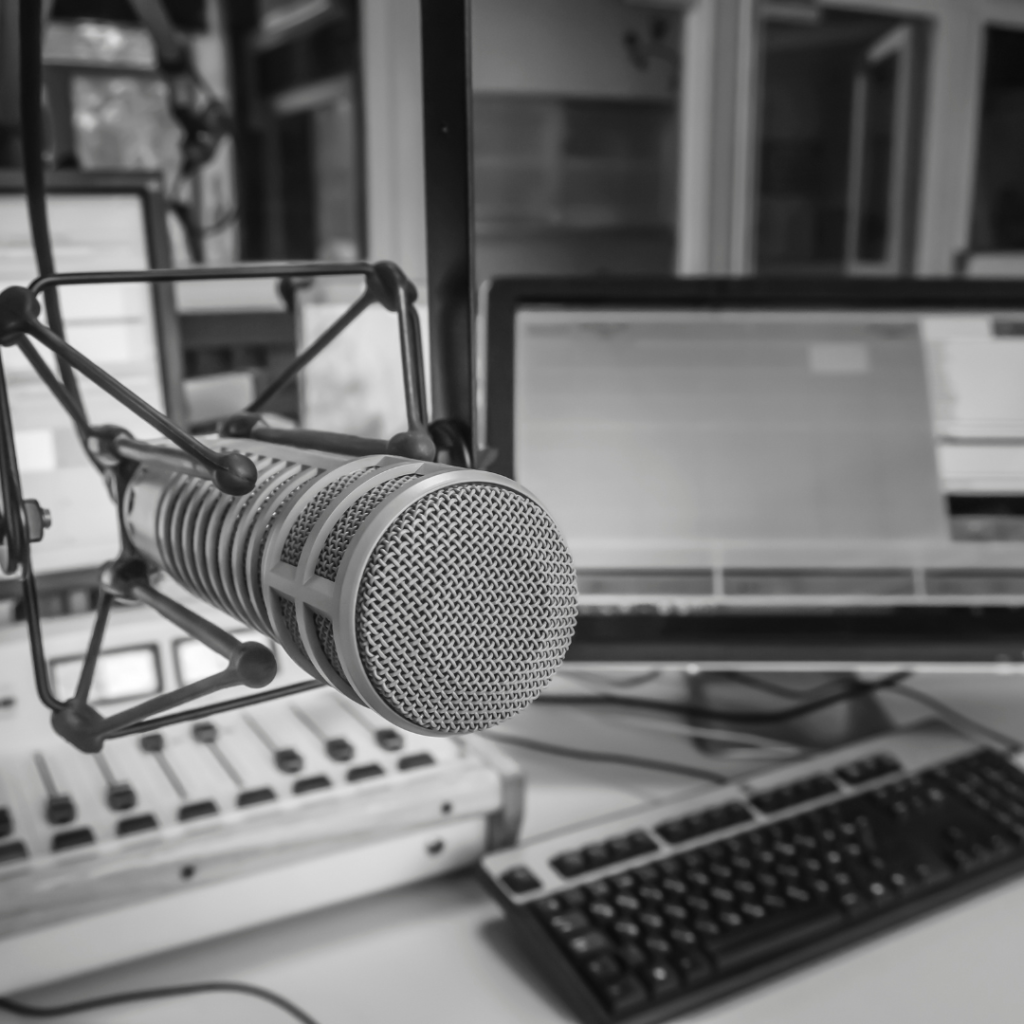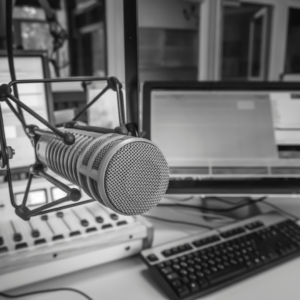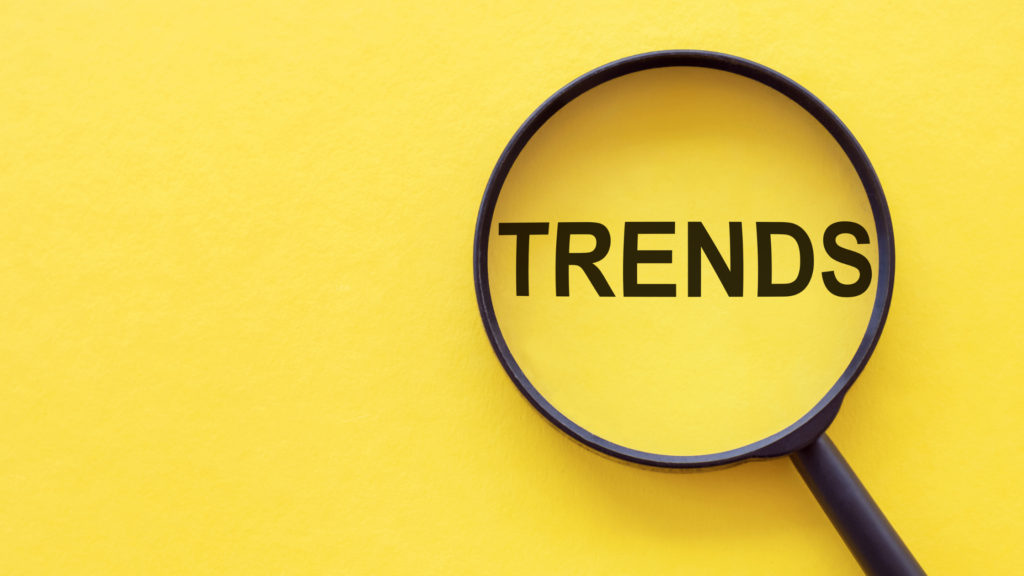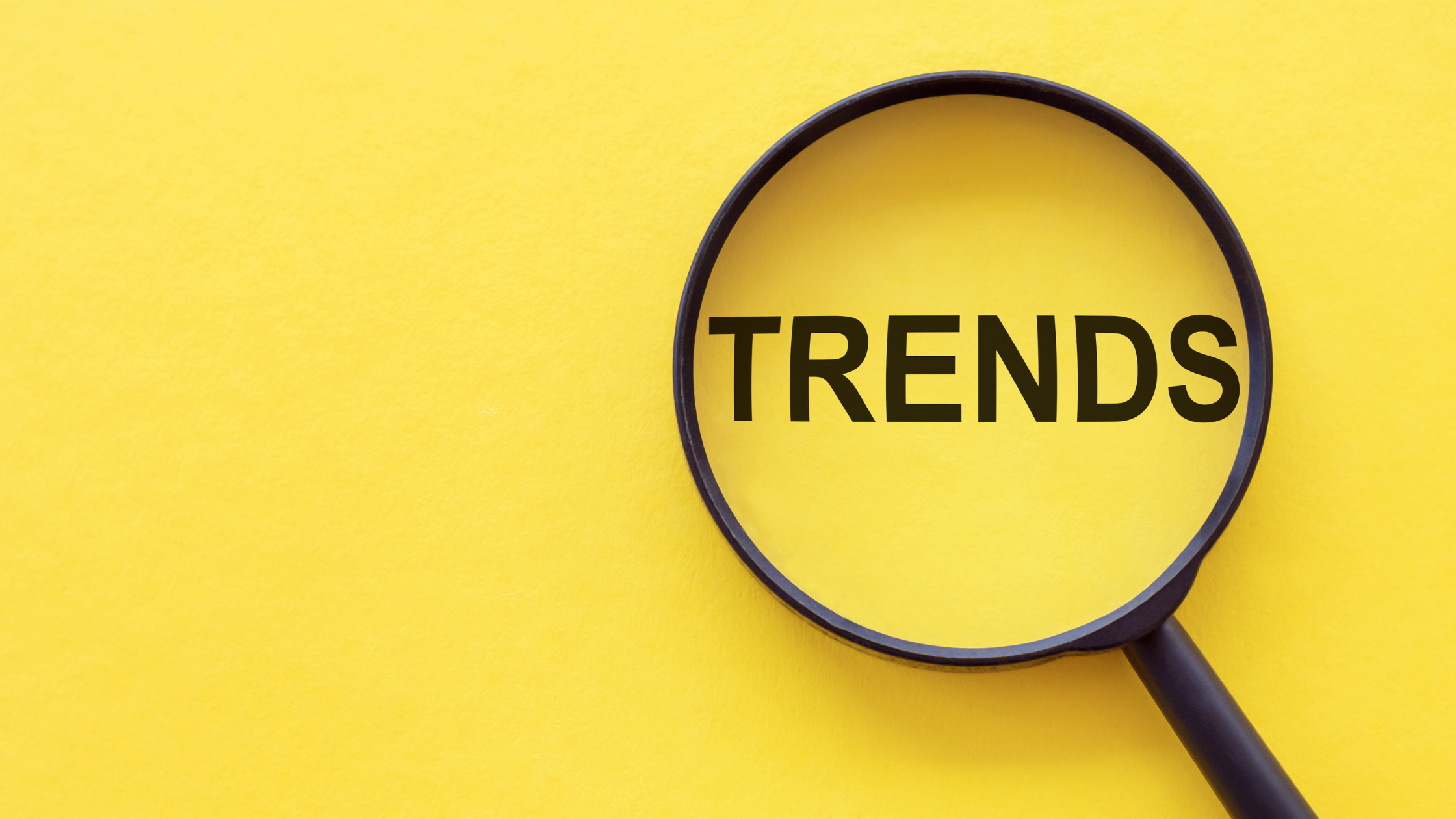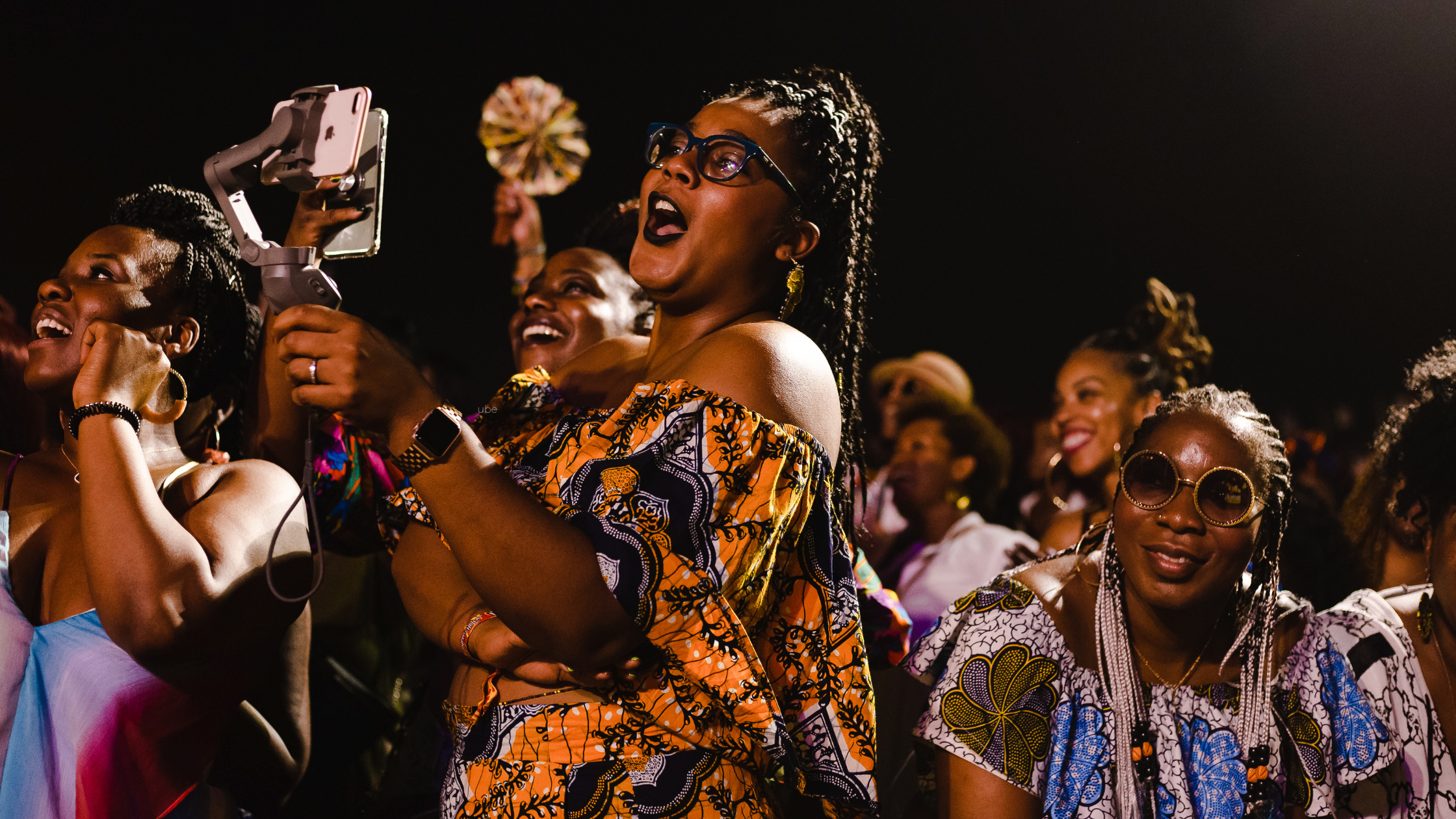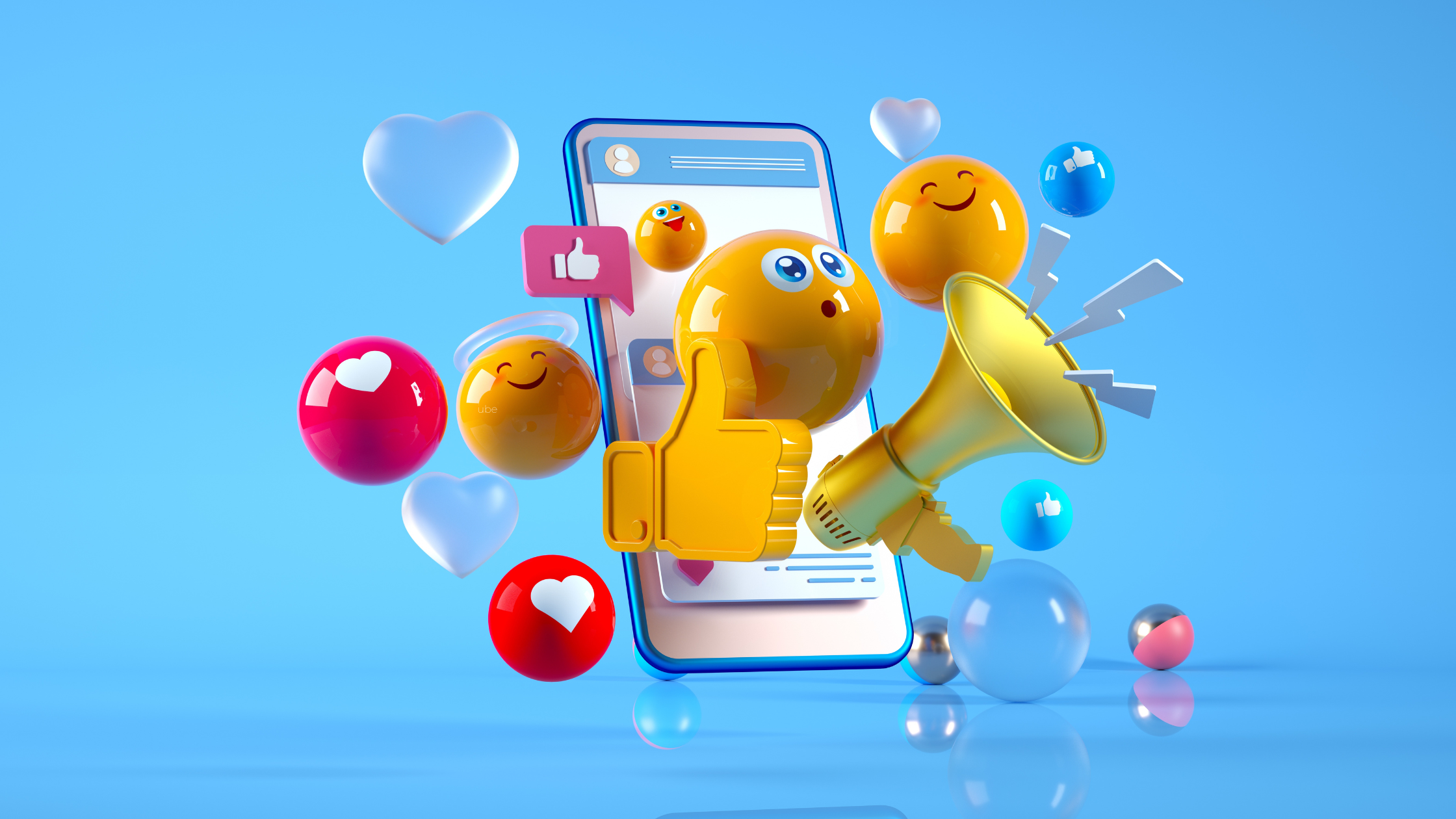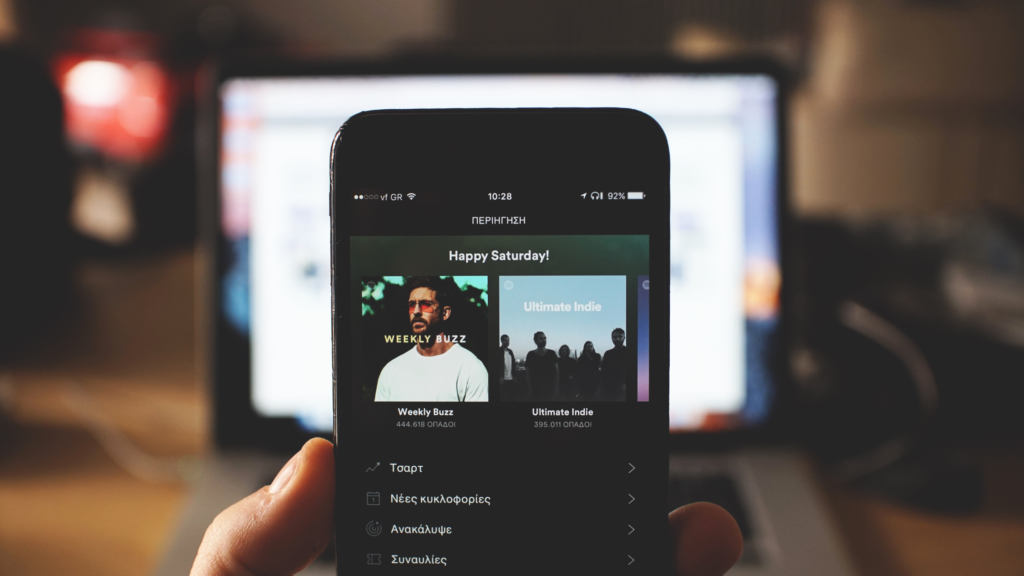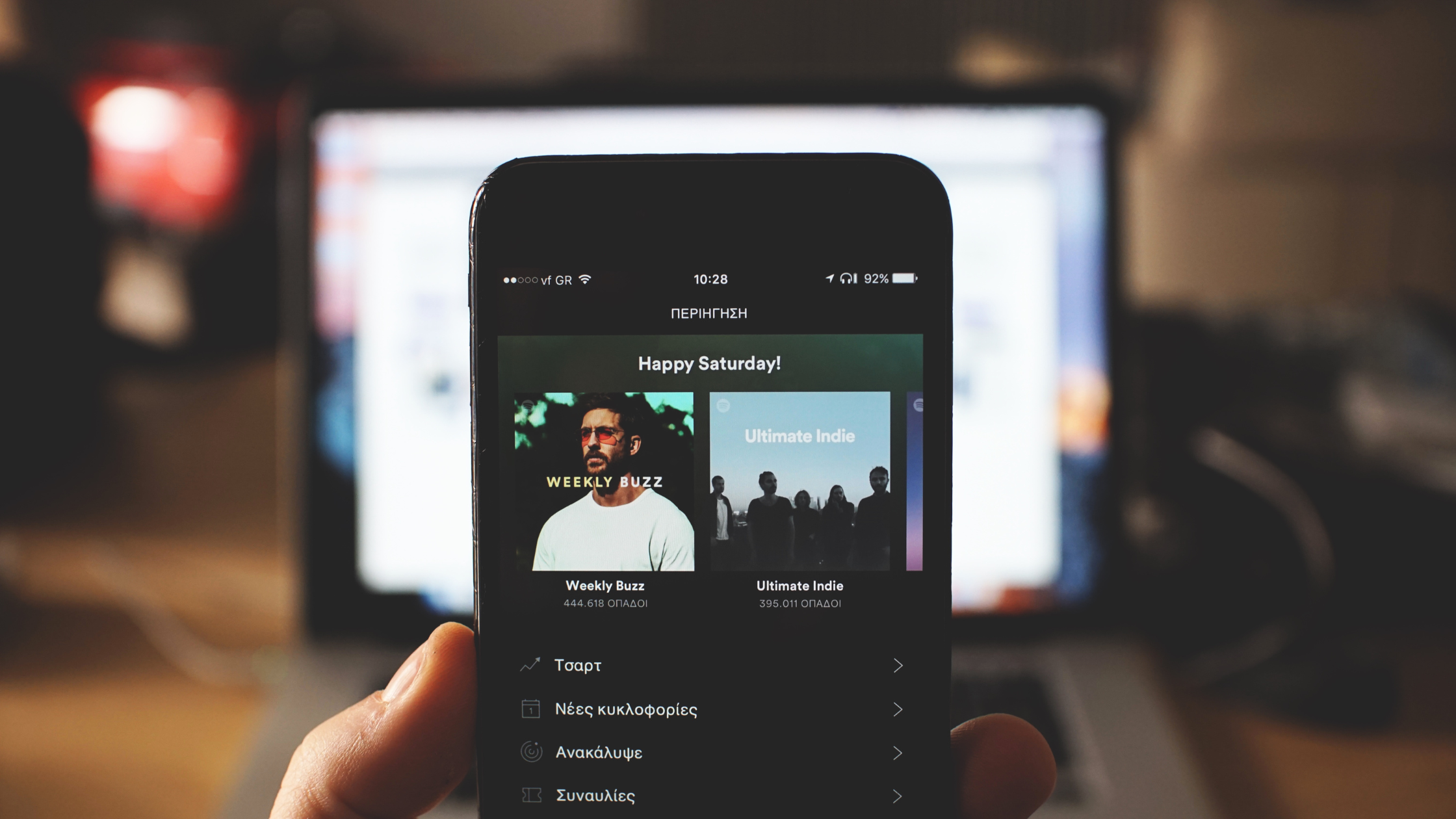The Ultimate Release Strategy Checklist For Independent Artists in 2023
Introduction
It’s a new year, and that means it’s time to get back into the studio and finish your record. It’s a daunting task, but with the right strategy, you’ll be able to set yourself up for success in 2023. Here are seven steps that will help make sure your launch goes smoothly!
Step 1: Define your audience
Before you can determine the best release strategy, you need to know who your audience is. If you don’t have a clear picture of who your target market is and what they want, then it will be difficult for you to create content that resonates with them.
So how do we go about defining our target audience? We start by asking ourselves a few questions:
Who are my listeners? Do they have any common traits or characteristics (e.g., age group)? What do they like about my music? What don’t they like about my music? How many people am I trying to reach with this release (how big is my potential audience)?
Step 2: Assess your current state of affairs
The second step is to assess your current state of affairs. This will help you understand where you are now, what your current situation is, and what your strengths and weaknesses are.
It’s important to know this information so that when we get into the next steps (and beyond) it will be easier for us to know if we’re making progress or not.
Step 3: Begin marketing and PR early in the cycle
Marketing and PR are two different things. Marketing is about building awareness of your product, while PR is about getting press coverage for it.
If you’re thinking of marketing as “I’m going to put up some ads on Facebook and Instagram,” then I’m sorry but that’s not how this works in 2019. The days when artists could pay for their own videos and albums on YouTube or Spotify and hope for the best are over; now we have algorithms that determine what shows up in people’s feeds based on what they’ve previously liked or listened to–and often those algorithms aren’t set up with independent artists’ best interests in mind! So while having an ad campaign might help get some extra eyes on your music video or single release (and thus increase sales), it won’t necessarily translate into long-term benefits like increased engagement with fans or new followers who care about what you do next week/month/year down the line…which brings us back around again: where does all this leave us? Well firstly let me say that there isn’t one specific formula; every artist has different needs depending upon where they’re at career-wise but also genre-wise etc., so take these tips with a grain of salt – but here goes nothing!
Step 4: Choose the right distribution channel for your project
If you’re planning to release your album on multiple platforms, it’s important to choose the right distribution channel for your project.
While there are many different options for artists and musicians today, we recommend focusing on one distribution channel at a time. This will help ensure that your music reaches as many people as possible–and isn’t spread too thin across multiple platforms.
It’s also worth keeping in mind that if you’re not happy with the platform’s terms and conditions (or lack thereof), then it may make sense for you to change distribution channels later on down the line when those issues have been resolved or improved upon by their creators or managers!
Step 5: Create a pre-order campaign
A pre-order campaign is one of the best ways to build excitement and anticipation around your album, and it can also help you generate some much-needed revenue.
Here’s how it works: You set up a page where people can purchase your album before its official release date. This gives them access to exclusive content like behind-the-scenes videos or other goodies that wouldn’t normally be available until after the album comes out. It also creates an incentive for fans who don’t want their friends to know what they’re listening to too early!
The key here is creating an incentive that makes sense for both you and your fans (and let’s face it–you’re going to have some). You’ll need a plan before diving into this process so that you know exactly what kind of package will work best for both parties involved (you might not want access codes printed onto CDs). Once everything has been decided, however; all that remains is promoting the heck out of it!
Step 6: Use social media to build hype and release date announcements
Social media is a great way to build hype and announce release date announcements. You can use social media to engage with fans, as well as announce tour dates.
- Use your Facebook page or Instagram account to post teasers of new music, share behind-the-scenes photos from the studio, and announce pre-order packages for fans who want access to exclusive merchandise items.
- Create an announcement video featuring snippets of new songs or even just audio clips from each track (this works best if you’re releasing an EP).
- Post this video on all social media platforms along with links where people can listen in full!
Step 7. Make sure your product is ready for prime time
The final step to ensuring your product is ready for prime time is to ensure that it’s of the highest quality.
- Make sure your cover art looks good and matches the rest of your branding.
- Make sure that any audio files are clean, clear, and as loud as possible without distortion.
- Make sure any video files have been edited professionally with proper color correction and sound levels set correctly so they don’t distort when played back on different devices (like an iPhone vs Android).
With these seven steps, you’ll be able to plan out your launch and create hype around your album or single!
The importance of planning is that it will help you stay on track with the marketing plan for your project. Planning also allows artists to better allocate their resources and avoid over-committing themselves in areas where they don’t have experience or knowledge (like social media). This will allow them more time for other tasks that are critical for success but not as easy or fast-paced as posting content online regularly–such as connecting with fans one-on-one via email listservs or Facebook groups, working with influencers who might share some content about them through their own platforms, etcetera…





